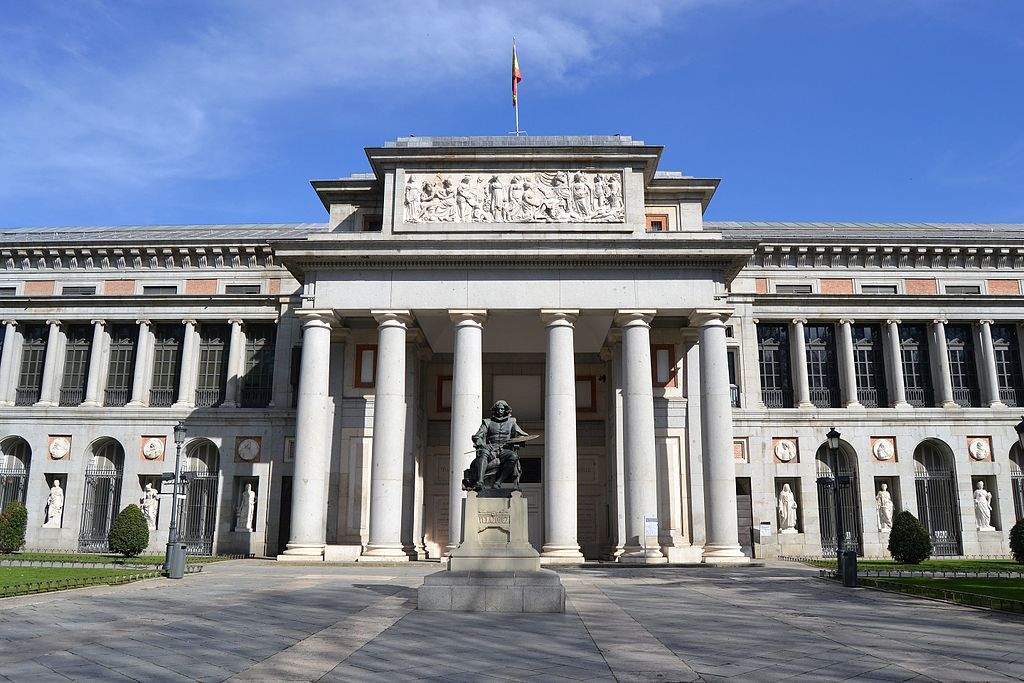Spain, an elderly woman bequeaths all her possessions to the Prado. And the museum buys 15 works
A singular story comes from Spain, where a schoolteacher, Carmen Sánchez García, who passed away in 2016 at the age of 86, wrote a will naming the Prado Museum in Madrid as her universal heir: Mrs. Sánchez García left the museum assets totaling 758,646.18 euros, with the only condition that they be used to purchase works or restore them. The lady was a member of the Fundación Amigos del Museo del Prado and had participated in many of its activities, and the Madrid museum, in accordance with her last will, used her assets to purchase several works of art between 2017 and this year. A total of fifteen objects the museum was able to acquire (most of them unpublished or by artists who were not yet represented in the Prado’s collections) are now going on display, in an exhibition entitled El legado de Carmen Sánchez. La última lección.
“The legado,” the museum said in a note, “has made it possible to incorporate new artists into the collections and thus cover some of the museum’s historical gaps.” The most valuable acquisition is an Allegory of Temperance by Alonso Berruguete (Paredes de Nava, 1490 - Valladolid, 1591), a work that belongs to the period when the Spanish artist stayed in Italy. Also among the most important works are a Saint Francis in Meditation by Mariana de la Cueva (Guadix, 1623 - Granada?, after 1688) and a Madonna of Mount Carmel Appearing to Saint Simon Stock by Gabriel Antonio Corvoysier (Madrid, 1659 - 1725), significant in that they are the first two identified works by their respective authors, a circumstance that makes them particularly relevant to the history of Spanish painting. Mariana de la Cueva, a painter who lived in the seventeenth century, was praised by biographers but we do not know her painting activity, as is the case with many women artists of the Siglo de Oro. And even of Corvoysier there is little information: the acquisition therefore allows for a better study of her art as well as of 17th-century Spanish painting. Then again acquired a Bagnante by François Clouet (Tours, 1510 - Paris, 1572), a French artist seldom found in Spanish collections, and the work La boulonnaise by María Blanchard (Santander, 1881 - Paris, 1932), considered the most important Spanish artist before Picasso.
The artists just described were not represented in the Prado’s collections: however, Mrs. Sánchez García’s bequest made it possible to acquire works by artists who were already in the collections instead. Here are which ones: a Portrait of a Knight by Adriaen Thomaszoon Key (Antwerp, c. 1545 - 1589); the Stigmata of St. Francis by José del Castillo (Madrid, 1737 - 1793), one of the author’s few religious works that can allow a deeper understanding of the influence of Mengs’ painting on the 18th-century Madrid school; The communeros Padilla, Bravo and Maldonado on the gallows by Antonio Gisbert (Alcoy, 1835 - Paris, 1902), a replica of the original kept in the Chamber of Deputies; two historical paintings and a drawing of the Hall of Constantine in the Vatican by Eduardo Rosales (Madrid, 1836 - 1873); a portrait of Giuseppe Maria Ferdinando Dal Pozzo by José Aparicio (Alicante, 1773 - Madrid, 1838); the Holy Family of the Oak by the Italian-Spanish Luis Eusebi (Rome, 1773 - Paris, 182); a Neapolitan Landscape by Mariano Fortuny (Granada, 1871 - Venice, 1949), a work that condenses much of the research the artist conducted when he resided in Portici.
All of the works, the Prado notes, were examined in the museum’s restoration laboratory as part of a program sponsored by the Fundación Iberdrola España. The purchases (made on both the Spanish and foreign markets: to complete them, the Prado added only 20,530.92 euros over the bequest fund) mostly focused on 19th-century painting, the area of the collection where the Prado felt it needed to intervene most. More information about the works can be found on the Prado’s website.
 |
| Spain, an elderly woman bequeaths all her possessions to the Prado. And the museum buys 15 works |
Warning: the translation into English of the original Italian article was created using automatic tools. We undertake to review all articles, but we do not guarantee the total absence of inaccuracies in the translation due to the program. You can find the original by clicking on the ITA button. If you find any mistake,please contact us.





























